Anti-Asian Hate and its Memory in New York City
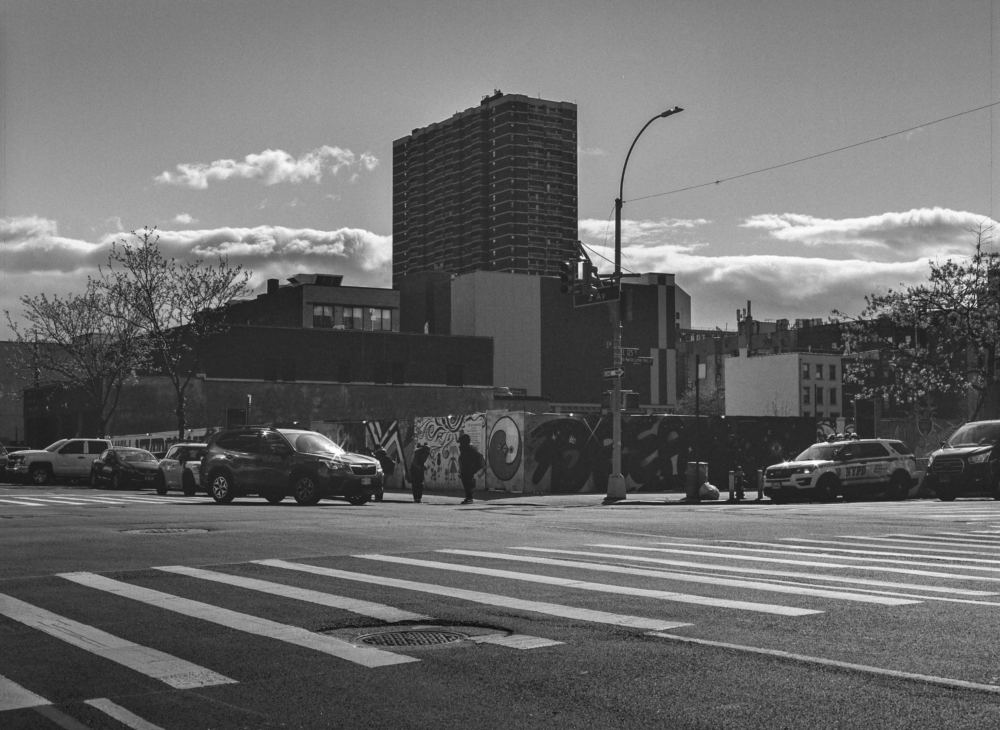
This intersection in Harlem was the site of an attack against Yao Pan Ma on April 21, 2021 while he was collecting cans. He would be hospitalized for eight months until his passing on New Year’s Eve of the same year as a result of his injuries at the age of 61. Ma and his wife had immigrated to the United States from China in 2018.
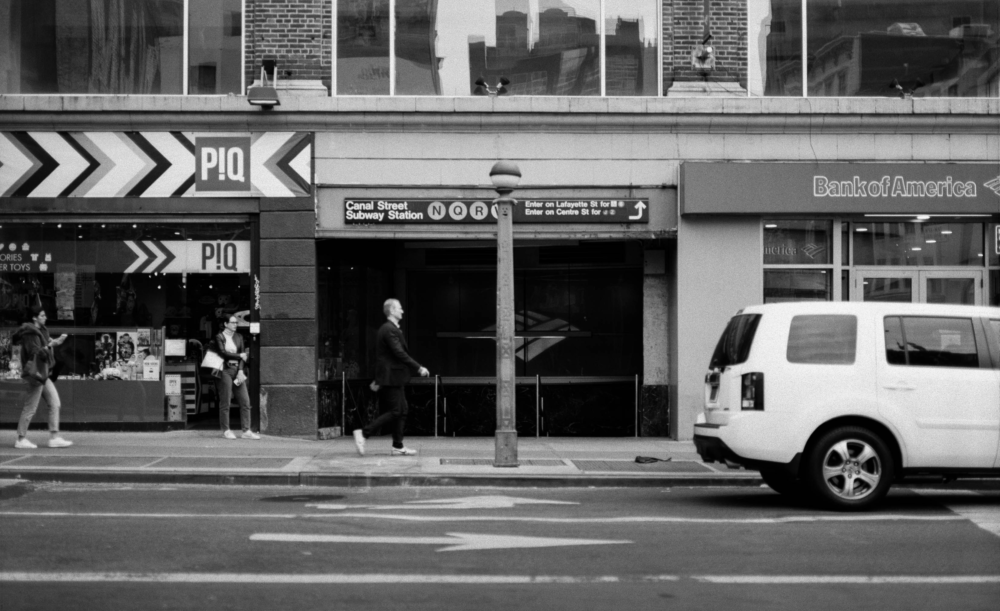
Than Than Htwe, a 58-year old woman, was pushed down the stairs of the Canal Street subway station in Chinatown in a robbery. She would pass away in the hospital on July 21, 2021 after being in a coma for four days. Htwe and her family immigrated to the United States from Burma in 2018.
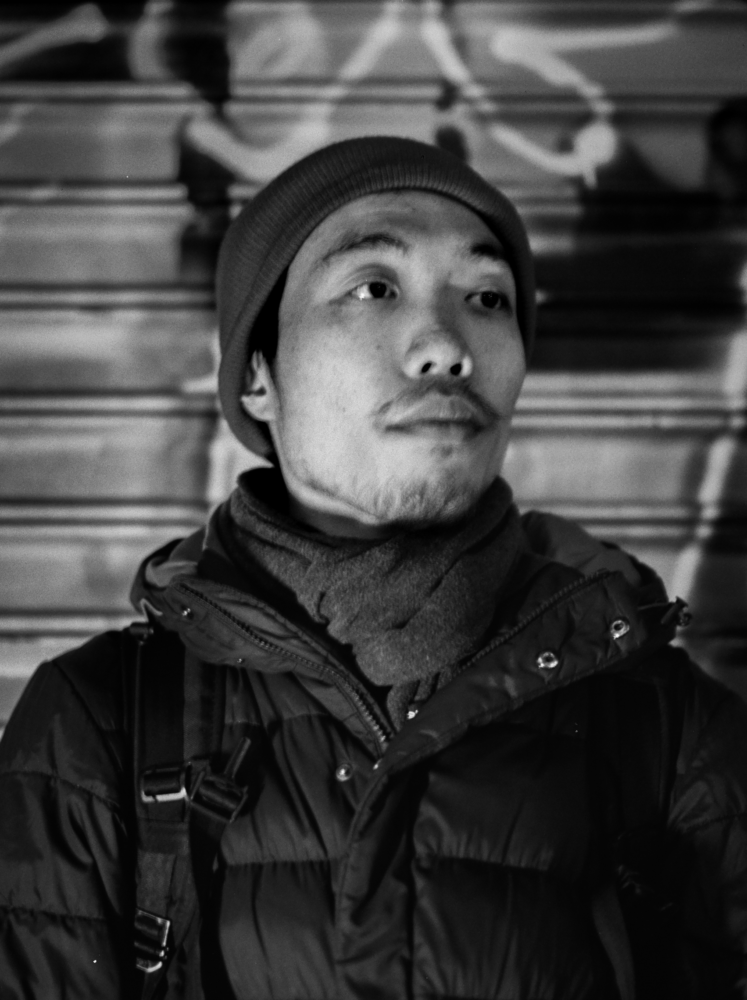
Zeng Hong Li is a shopkeeper operating a small business located just one block from Christina Yuna Lee. Seated between garments hanging from the ceiling and behind tables, he is witness to the never-ending evolution of Manhattan’s Chinatown.
“I see a lot of homeless people and weird people every day in front of the street. Bowery Street is full of these people. We’ve opened this family business for at least around ten years and we are pretty much used to it. And we are aware that we’re out here operating a business in the street, that you don’t know what you’re gonna get today, so we have to still be vigilant about these kinds of matters, for sure.”

35-year-old Christina Yuna Lee was found dead in her apartment in Chinatown on the evening of February 13, 2022. She had been followed by a homeless man who forced his way inside and stabbed her over 40 times.
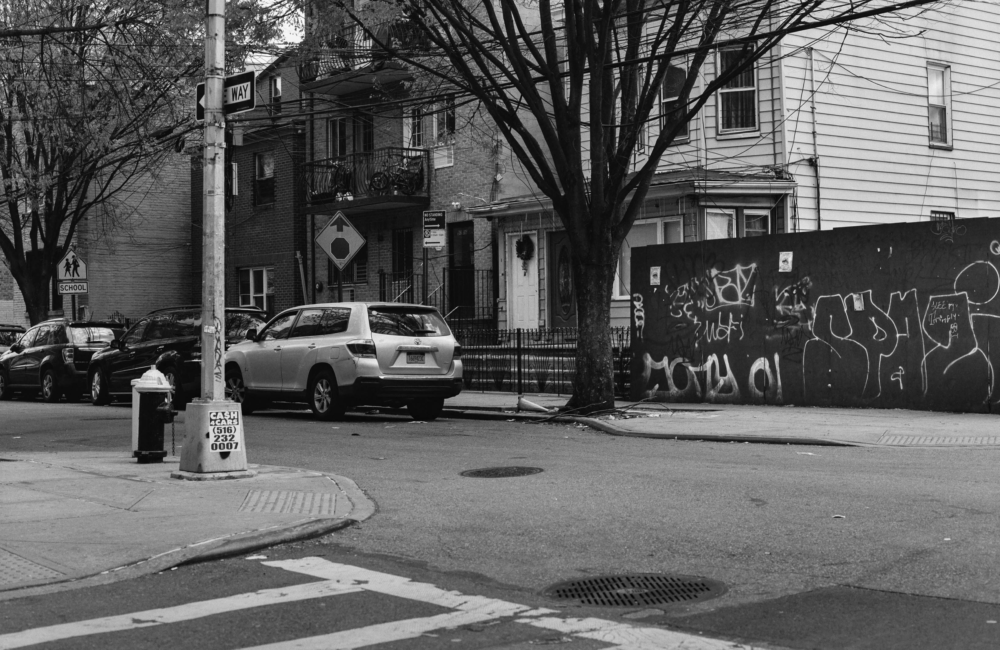
61-year-old Guiying Ma was sweeping this sidewalk in Queens on the morning of November 26, 2021 when she was attacked by an assailant using a rock. She passed away after three months in a coma, suffering from brain damage. Ma and her husband had immigrated to the United States in 2017.

Chloe Chan and Anna Huang are the co-founders of Mott Street Girls, an Asian American, women-owned small business in Chinatown. They provide walking tours of Chinatown, historicizing its extensive heritage through food and discussion of contemporary topics.
“I noticed that there were a lot of challenges that this community faces. First of all, the language barriers next to the socio-economic struggles that a lot of them face because
it’s actually a working class community and a quarter of the people live below the poverty line. I’ve actually encountered a lot of undocumented Chinese-Americans, which I’ve never heard of before.” — Chloe Chan
“The Chinese have been a scapegoat in the past. And we can kind of see that happening again, a lot of misinformation. I think it made us realize the importance of our work as storytellers and as tour guides. With the murder of Christina Yuna Lee, I think that actually impacted me a lot because I felt like I could see me being hurt. Going out on a late night, I felt like I could see that happening to me even through all the precautions that usually women would take.” — Anna Huang
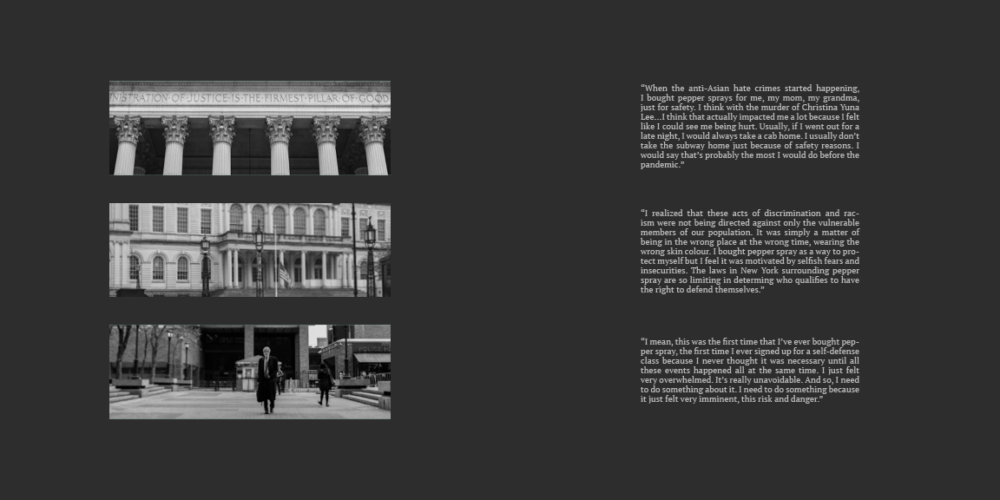
This project was originally created and presented as a book. One of the page spreads is reproduced here. The images here, structured as a triptych, were intended to reflect the judicial, legislative, and executive bodies of American governance, a system that has failed to protect the Asian American communities under its charge.
|
I became intimately familiar with the processes of attending vigils for these victims while working in the capacity of the New York State government. This project provided me an opportunity to revisit and confront my own insecurities and fears as an Asian American in New York City and as a private citizen, outside the confines of my employment. By situating myself in the physical spaces where these crimes occurred, I found remembrance despite these images portraying everyday routines. The details and narratives of these and many other victims of anti-Asian hate crimes have been selectively omitted from their presentation here.






